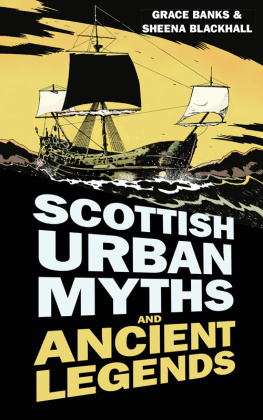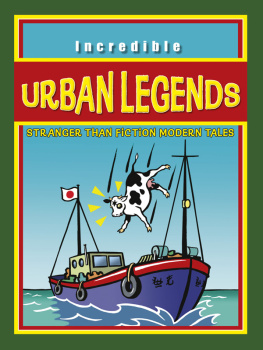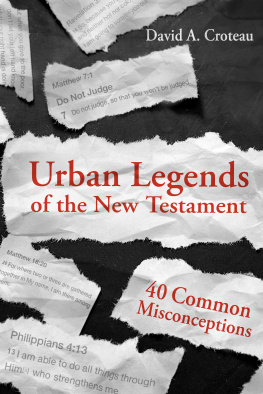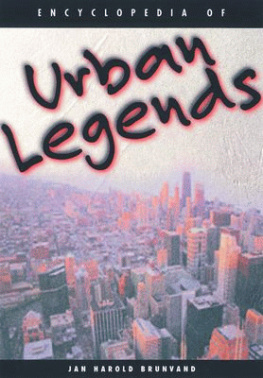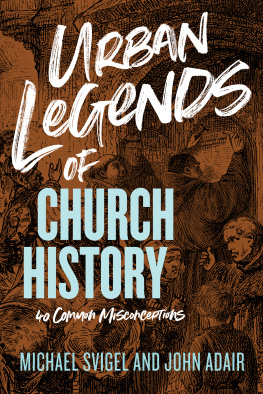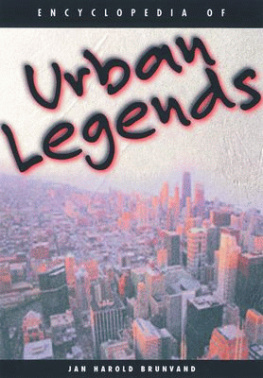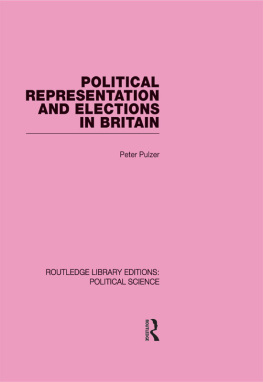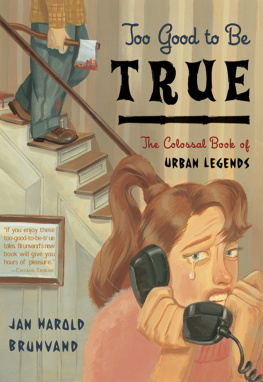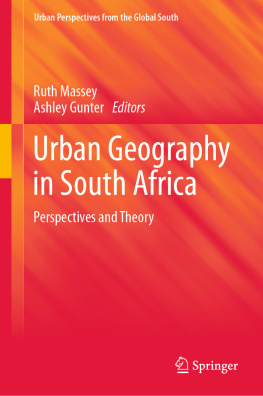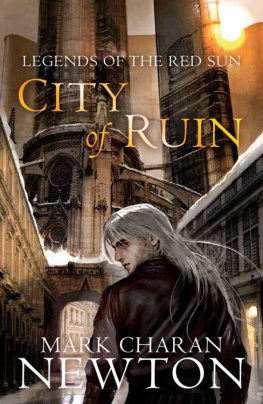Peter LOfficial - Urban Legends: The South Bronx in Representation and Ruin
Here you can read online Peter LOfficial - Urban Legends: The South Bronx in Representation and Ruin full text of the book (entire story) in english for free. Download pdf and epub, get meaning, cover and reviews about this ebook. year: 2020, publisher: Harvard University Press, genre: Romance novel. Description of the work, (preface) as well as reviews are available. Best literature library LitArk.com created for fans of good reading and offers a wide selection of genres:
Romance novel
Science fiction
Adventure
Detective
Science
History
Home and family
Prose
Art
Politics
Computer
Non-fiction
Religion
Business
Children
Humor
Choose a favorite category and find really read worthwhile books. Enjoy immersion in the world of imagination, feel the emotions of the characters or learn something new for yourself, make an fascinating discovery.

- Book:Urban Legends: The South Bronx in Representation and Ruin
- Author:
- Publisher:Harvard University Press
- Genre:
- Year:2020
- Rating:5 / 5
- Favourites:Add to favourites
- Your mark:
- 100
- 1
- 2
- 3
- 4
- 5
Urban Legends: The South Bronx in Representation and Ruin: summary, description and annotation
We offer to read an annotation, description, summary or preface (depends on what the author of the book "Urban Legends: The South Bronx in Representation and Ruin" wrote himself). If you haven't found the necessary information about the book — write in the comments, we will try to find it.
Urban Legends: The South Bronx in Representation and Ruin — read online for free the complete book (whole text) full work
Below is the text of the book, divided by pages. System saving the place of the last page read, allows you to conveniently read the book "Urban Legends: The South Bronx in Representation and Ruin" online for free, without having to search again every time where you left off. Put a bookmark, and you can go to the page where you finished reading at any time.
Font size:
Interval:
Bookmark:
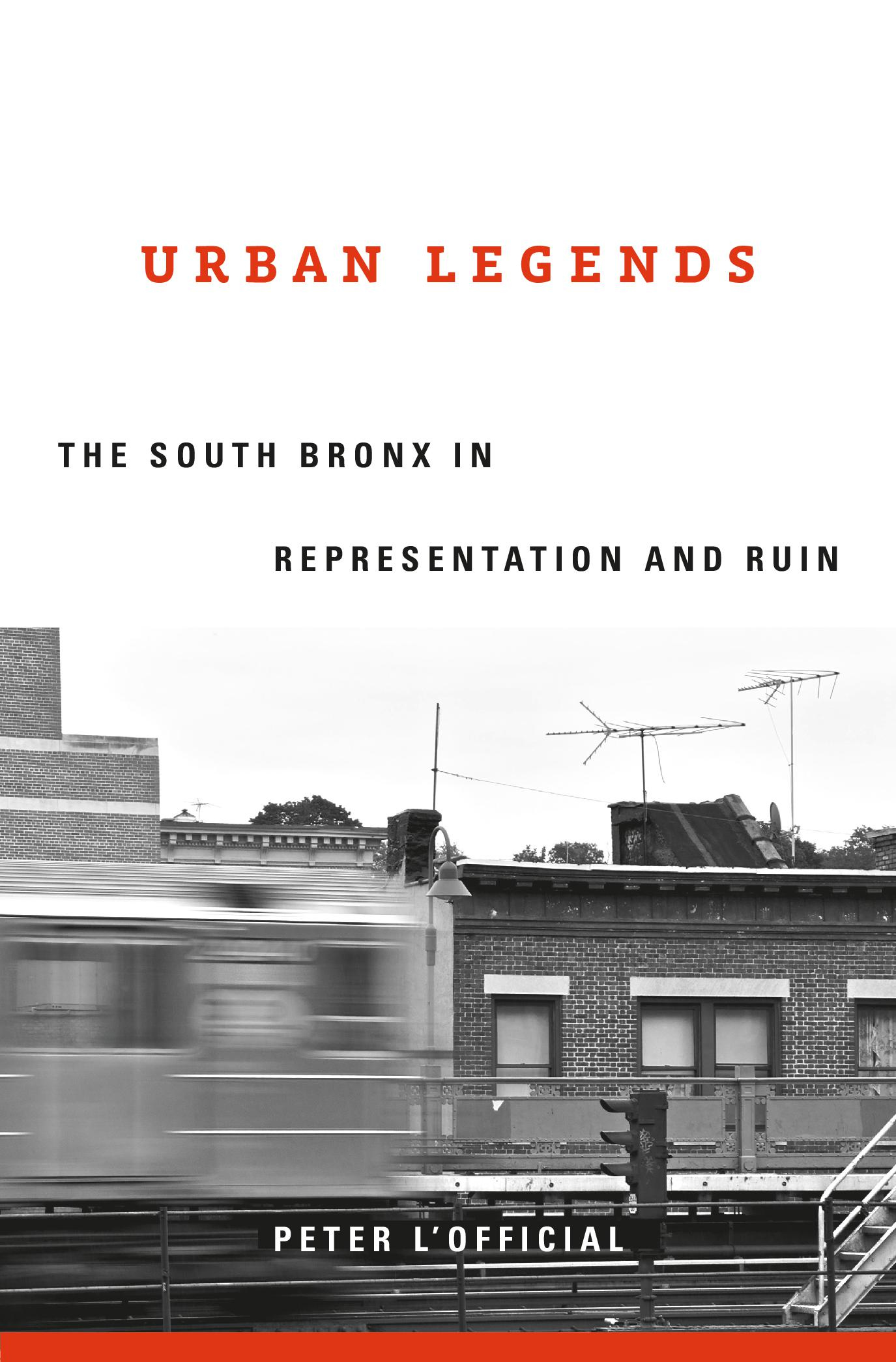
URBAN LEGENDS
THE SOUTH BRONX IN REPRESENTATION AND RUIN
Peter LOfficial

Cambridge, Massachusetts
London, England
2020
Copyright 2020 by the President and Fellows of Harvard College
All rights reserved
Jacket design: Jill Breitbarth
Jacket photo: JayLazarin/iStock/Getty Images Plus
978-0-674-23807-7 (cloth)
978-0-674-24648-5 (EPUB)
978-0-674-24649-2 (MOBI)
978-0-674-24651-5 (PDF)
The Library of Congress has cataloged the printed edition as follows:
Names: LOfficial, Peter, 1980 author.
Title: Urban legends : the South Bronx in representation and ruin / Peter LOfficial.
Description: Cambridge, Massachusetts : Harvard University Press, 2020. | Includes bibliographical references and index.
Identifiers: LCCN 2019056425
Subjects: LCSH: Urban folkloreNew York (State)New York. | Bronx (New York, N.Y.)Civilization20th century. | Bronx (New York, N.Y.)In art. | Bronx (New York, N.Y.)Social life and customs.
Classification: LCC F128.68.B8 L64 2020 | DDC 974.7/275dc23
LC record available at https://lccn.loc.gov/2019056425
For Sylvia Quiones LOfficial
Patricia Roberts Harris was not the first person to think about the ruins of the South Bronx. However, as secretary of Housing and Urban Development (HUD) for President Jimmy Carterand the first African American woman to serve in a US cabinetshe was well placed to try to do something about them.
On October 1, 1977, Harris sent Carter a memorandum report in advance of the presidents impending trip to New York City, wherein a visit to see the South Bronx had become, by many accounts, a virtual necessity. Earlier proposed schedules of Carters New York City visit, the main feature of which was for the president to deliver a speech to the United Nations (UN) General Assembly, did not include such a tour. As of mid-August, Carter was meant to give his speech, meet with foreign dignitaries and members of the UN Secretariat, attend a dinner and a breakfast, and return to Washingtona brief, busy two-day stay. Members of Carters staff, over a flurry of intraoffice memos, intervened to suggest one significant alteration to the presidents schedule. Thinking it unwise to spend two days in New York without devoting a half-day to a public event in the city itself (Carter had already visited New York three times that year to attend various fund-raisers and UN addresses, all events that were closed to the public), staffers noted that the administration had been criticized for not touring the South Bronx or not inspecting the fallout and damage from the infamous 1977 electricity blackout, which had affected much of the city in July.
By late September, after a few false starts and several trial presidential schedules later, a South Bronx Tour, via motorcade, was devised, and Harris personally visited and vetted each stop on the proposed tour. After all, as the report warned, To go back a third time, without such a visit, would generate criticism across the country about insensitivity about inner-city problems. Harriss memo to Carter ahead of his South Bronx visit was intended to prepare him for what he would find there.
That the Carter administration believed that perceived insensitivities to Americas inner-city problems could be allayed by a presidential visit to the South Bronx suggested one thing: that the South Bronx was imagined as inextricable from inner-city problems. To the administration and to the public at large, the two were one and the same.
By late 1977, the South Bronx was Americas inner city. Though the problems of the South Bronx were also present in urban centers around the countrypoverty, racism, unemployment, building deterioration, and urban disinvestment knew no regional biasit was the abandoned buildings of New York, and particularly the South Bronx, that came to define and embody, for a time, an iconography of urban ruin in America. What Harriss memo to Carter attempted to provide him was a way not only to understand the metonymic, symbolic resonance of a place synonymous with urban ruin, but also to trace for the presidentand now, by virtue of the archive, for usa line back toward understanding the fact of the South Bronx and any place like it. Harriss report is, as many reflections upon ruin tend to be, quite poeticsurely it ranks among the more lyrical intraoffice memoranda sent through the channels of the federal government. But its lyricism does not lose sight of the historical processes and social and economic forces that made the Bronx as an international symbol of urban decay. Harriss poetics has the force of argument, because she does not merely attempt to define for Carter the final meaning of places like the South Bronx. She takes what, to someone else, might appear an innocuous memo as an opportunity to defend the right of people to have urban life as a real choicenot only the option of the rich or the fate of the poor with the US president as an audience. As Harris saw it, Carters visit to the South Bronx could decide not just the fate of the South Bronx but the future of American cities and urban life as we know it.
What Harris saw in the South Bronx was the end product of a process of decline and decay that was also taking place in many older American cities. But what set the South Bronx apart, what made it unique, was that, in Harriss estimation, The Bronx was at the final stage of this process. What Harris meant by this was that the South Bronx that became an American and international shorthand for the failures of urbanity was the end result of the interplay of a variety of forces over time: the physical deterioration of inadequate housing and insufficient income to maintain aging properties; a lack of jobs due to a deindustrializing economy; high population density compounded by the mass migration of African American and Latinx communities searching for vanishing industrial jobs; and a desire on the part of previous administrations to invest in urban disinvestment, precisely at a moment when the commitment of resources was crucial to the survival of urban America. The Nixon administration shut off federal investment in cities and accelerated the decline of areas like the South Bronx. As Harriss report makes clear, the South Bronx didnt just happen overnight.
Nor would it be rebuilt overnight, and Harriss memo to the president is, most broadly, an impassioned appeal for a long-term, national, and federal commitment of resources to achieve visible results and thereby preserve the possibilitythe very ideaof urbanism. Such an appeal was characteristic of Harriss tenure as secretary at HUD, where she would reshape the focus of the department by pouring millions of dollars into such projects as the renovation and upgrading of apartments in deteriorating neighborhoods, rather than demolishing them through so-called slum clearance.
And yet, like many convincing arguments, Harriss emerges from the subtlest of openings, which disarms as it gently dissembles: I thought it might be useful to provide you with some background on this area and some thoughts on its meaning as it relates to the Administrations policies and the purpose of your visit. But Harriss argumentative strategy is effective not simply because she displays a light touch with acute existential concerns, but because she recognized that this environment, this setting, this symbolic landscape of the South Bronx, even by the time of her writing, had already attained the quality of myth. That myth was strong enough to serve as the visual emblem of a broader federal initiative to address urban decay in American cities.
Font size:
Interval:
Bookmark:
Similar books «Urban Legends: The South Bronx in Representation and Ruin»
Look at similar books to Urban Legends: The South Bronx in Representation and Ruin. We have selected literature similar in name and meaning in the hope of providing readers with more options to find new, interesting, not yet read works.
Discussion, reviews of the book Urban Legends: The South Bronx in Representation and Ruin and just readers' own opinions. Leave your comments, write what you think about the work, its meaning or the main characters. Specify what exactly you liked and what you didn't like, and why you think so.


